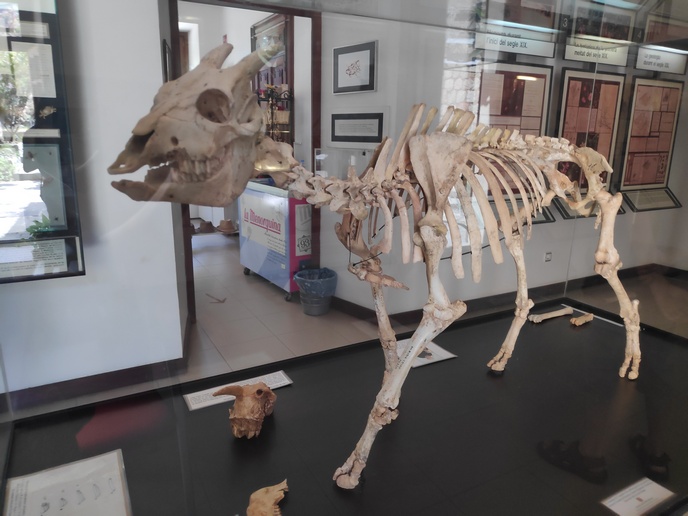Consumers go for diamonds… with a clean conscience
Ten years ago, ethical diamonds were considered niche, and available only through special and more expensive channels. Today’s diamond industry is in the spotlight and under pressure to make sure their diamonds are obtained using fair mining practices. Linda Armano is the Marie Curie Post-doctoral Fellow and principal investigator of the EU-funded DiaEthic project. She travelled to Canada to study various aspects of ethics and sustainability in the diamond industry. “These issues support the necessity to investigate in the field how global agendas are communicated and understood locally,” she explains. DiaEthic has introduced validated metrics to study the effective impact of sustainable and ethical global initiatives.
Mining for answers in Canada and Italy
DiaEthic focused on the place of extraction of diamonds in the Northwest Territories of Canada and in two jewellery shops that sell Canadian ethical diamonds in Italy. According to Armano, the mines in Canada’s Northwest Territories are a case in point. They were put into production at the same time as the global political agenda was pervaded by protests and concerns about blood diamonds mined in Africa. The increase in this type of consumption can be traced back to the second half of the 1990s. It was a time when natural resources such as oil, precious metals, diamonds, and timber were discussed by activists and the media for their alleged role in financing contemporary wars. “Diamonds in particular were the subject of heated debate from the outset,” recalls Armano. “The specificity of Canadian diamonds is the certification of ethicality signed by the government of the Northwest Territories, which certified the diamonds are extracted in absolute respect of workers, thanks to particular protocols, and the indigenous communities in whose territories the mines were put into production since 1998.”
Consumers care about ethicality of mining practices
Asked about the sale in Italy, Armano notes the stereotypical representations of consumers and jewellers. “The jewellers’ talk to consumers in the shops focused mainly on ethical certification and diamond traceability, which proved to be important themes that increased customer confidence in a narrative that extolled industrial practices and safety protocols towards miners and native communities.” One of the most interesting outputs of this research is to show that the sustainability and ethicality of mining practices has a significant value for Italian consumers and jewellers. Overall, DiaEthic has highlighted the necessity to consider social actors like local communities and workers. These are often excluded by global agendas or business competitive environment. “In this sense, the project can stimulate new productive interdisciplinary and inter-sectoral debates to construct new cognitive and cultural categories, also useful for mobilising new strategic management,” concludes Armano. With this in mind, DiaEthic has developed the instruments to work in the complexity and uncertainty that characterise this historical period, also considering different worldviews, given by diverse social actors. “I think that the long-term impact of the project is to reinforce, thanks to the toolkits generated in this research, a stronger awareness of the existence of multiple and spontaneous agent interactions that emerge between global and local relationships along the supply chain,” concludes Armano. As for the next steps, Armano will also consider challenges related to climate change, biodiversity loss and labour exploitation.







